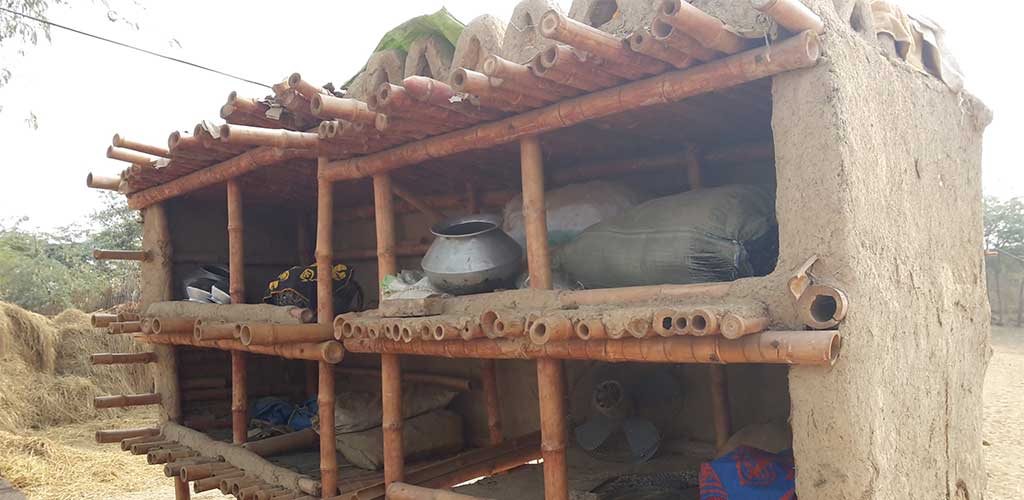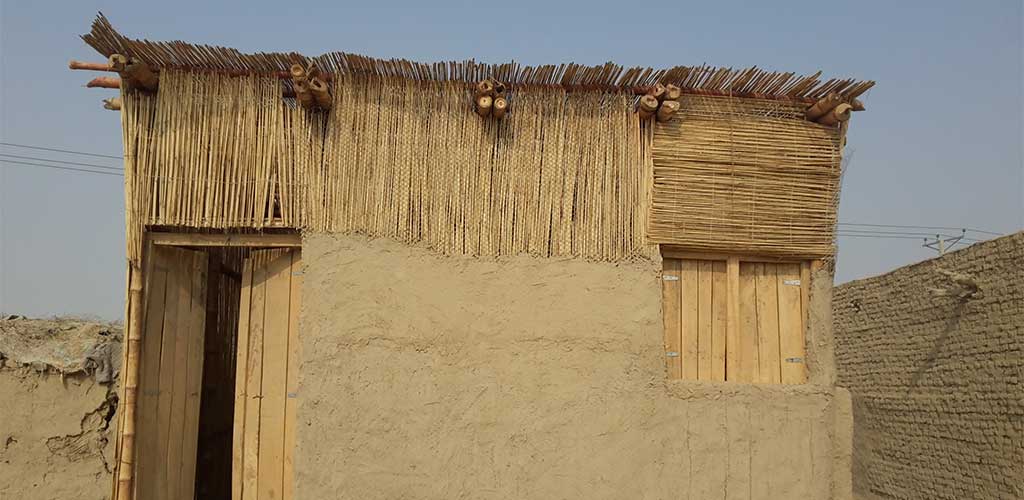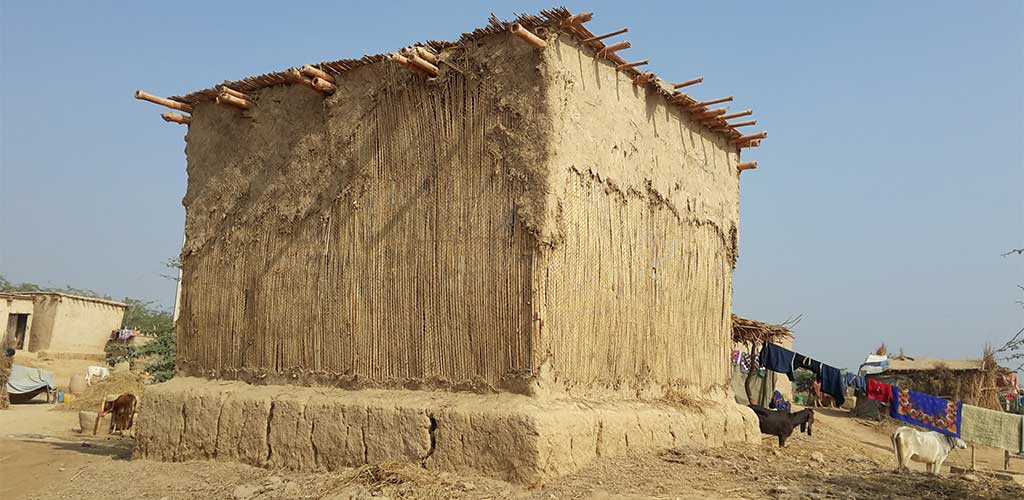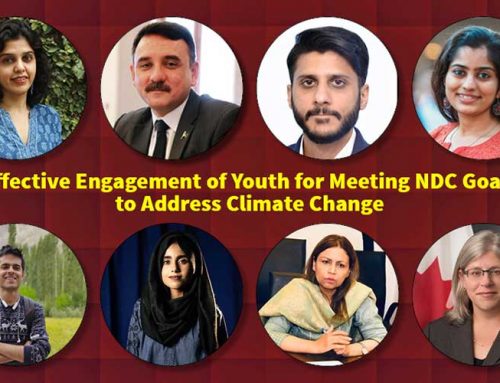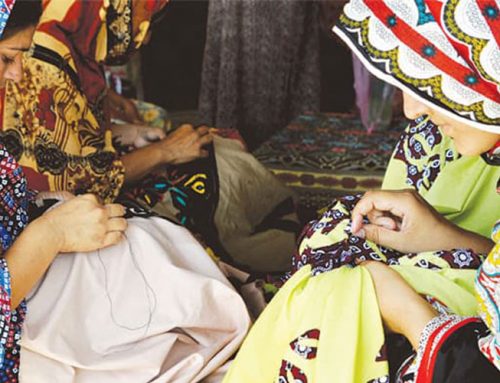Project Description
We feel immense pleasure to present this evaluation study titled as “Evaluation of Shelters and Storage Structures at District Dadu Sindh”.
The intervention of shelters and storage structures construction happened in the selected Union Councils of talukas including Johi&Mehr, as a result of emergency response during 2012 floods.
A thorough situation analysis of the natural disasters including flood, rainfall water-based disaster and hazards of winds, in the area that is hit by the water flow from Indus and through water channels of Gorakh hills, actually propelled SIF to plan and execute a shelter & storage construction project, for the destitute community of the selected villages. The project was completed in 02 phases.
The project relevance is very high in terms of the need and the intervention designed to address the need. 58% of the respondents narrated that destruction of their homes during flood and wind hazards is the key loss that they have to bear along with a 14% of those who believe that loss of livestock is another effect of such hazards.
The evaluation of shelter structures from the point of view of their structural engineering and suitability to the flood and wind hazards finds that the structure needs improvement in terms of its base dimensions at DPC and the width of the wall. Similarly, the material utilized for the walls is not much durable against the hazard of crosswinds and water.
Technical evaluation of the construction reveals that only 50% of the shelters have an average strength, however, 91% of the storage structures are good to offer resistance against the water and windfall hazards. The storage structure is relatively solid and is serving multi-faceted purposes for the beneficiaries, right away from food and fodder storage to sleep and placement of general household articles of high value.
The shelter structure is not much resistant against termites, although there has been usage of limestone at the base and at the ends of bamboos, still this has not produced the envisaged protection against termites.
Secours Islamique France has done a highly credible endeavour to distribute the construction material to the community. The processes followed right away from beneficiary selection to the appointment of the suppliers as per procurement policy and later on the distribution of the construction inputs to the community, has been highly transparent.
The process of community engagement in the construction works has been run, however; the community has generally been evaluated as reluctant towards raising their contribution to the construction process. 70% of the respondents marked that they have received shelter construction training and 54% said that they got training for storage tower construction.
The role of VDCs can be further alleviated in the development process of the community and this can post multiple dividends to trickle a process of continued social & economic development.
All the respondents (i.e. 100%) excellently recalled the supplies and material provided to them by SIF, in order to undertake the construction of shelters and storage towers.
The project execution management has been followed in a disciplined way. The resource utilization efficiency in terms of directing the resource toward doing the right thing has remained very high, for the project. Necessary changes have been stipulated in the purview of the on ground situation during project execution.
The shelters and storage structures have a significant impact on the livelihood of the targeted beneficiaries. There is a tremendous enhancement in their pleasure, peace of mind, and protection against the odds of hard weather.
The community orientation towards disaster risk understanding and management requires a tremendous improvement. 80% of the community has not been able to relate their understanding about the disaster management.
One can tap into the potential of sub-district disaster management authorities while linking the community to those authorities for capacity building.
There is a tremendous scope for the development organizations like Scours Islamique France to plan indigenous interventions for the destitute communities in these areas in the sectors of health and education.
There is a definite potential to address the engineering structure of the shelters. Rainwater drainage through the roof of the shelter can be channelized to a water reservoir; this can address the water access issues. Similarly dedicated water reservoirs can be built to mitigate the flood and rainfall water related disasters.
Women participation has been there during the project construction management, however there is a high end potential to further mainstream the role of women in the overall livelihood of the community.
Overall, the sustainability of the project appears to be acceptable in accordance with the need and the cost effective model of the construction.


